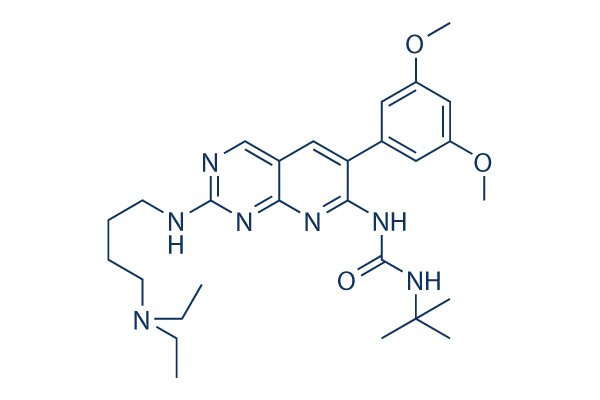mori while in the ovar ies. While JH could be the gonadotropic hor mone in P. aegeria, it can be clear through the expression benefits presented here that 20E signalling does perform a significant function in vitellogenesis and that there might be maternal regu lation of ecdysteroid signalling in early embryos. Amid the so identified as early genes from the hierarchy of genes up regulated in response to activation of EcR in B. mori ovaries would be the orphan nuclear receptor genes hr3 and E75, the transcription factor gene E74 as well as the Broad Complex gene Br C. The genes encoding the 2 receptors Hepatocyte nuclear element 4a and 4B are up regulated by using a delay in B. mori and their expression increases during vi tellogenesis. With all the exception of E74, all of those genes have been expressed in P. aegeria. In B.
mori Hr3 regulates the expression of ESP during vitellogenesis, and it regulates the expres sion of GATAbeta for the duration of choriogenesis. As talked about just before, P. aegeria fe males did not express ESP but did express the relevant gene lip 3. Moreover, in addition they expressed GATAbeta. Vitelline membrane formation and choriogenesis Vitellogenesis and choriogenesis are cautiously a fantastic read coordi nated, principally by hormone signalling. The vitelline membrane is formed half way by means of vitellogenesis, for which RTK signal ling is critical as discussed elsewhere within this paper. The formation with the vitelline membrane is of signifi cance in maternal regulation of embryonic AP and DV patterning, as some maternal variables come to be localised during the perivitelline area in D. melanogaster and interact with localised components inside the oocyte.
This also appears to be the case in B. mori, despite the fact that the genes concerned remain uncharacterised. As discussed prior to, Ndl protein is expressed in all follicle cells and it is vital for DV patterning of the embryo in D. melanogaster. Ndl is an uncommon protein in that not only is its structure reminiscent find more information of an extracellular matrix protein, but that additionally, it has a catalytically lively serine/protease domain. As such, it is involved in both vitelline membrane formation too as acting since the basis with the serine/protease cascade ventrally, crucial to the ma ternally regulated DV patterning on the D. melanogaster embryo. Pararge aegeria females expressed ndl and as in D. melanogaster, no transcripts have been found in the oocyte. It stays to become witnessed no matter whether Ndl plays a comparable dual purpose in P.
aegeria. Insect vitelline membrane protein genes demonstrate great sequence diversity. Such as, no clear orthologs is usually discovered for D. melanogaster VMP genes outside the genus Drosophila. The most beneficial characterised VMP gene in Lepidoptera is VMP30, for which orthologs can  be found in each moths and butterflies and which was also expressed in P. aegeria ovarioles. When again, no transcripts were located in the oocyte.
be found in each moths and butterflies and which was also expressed in P. aegeria ovarioles. When again, no transcripts were located in the oocyte.
PCNA signal
PCNA is a member of the so called DNA
